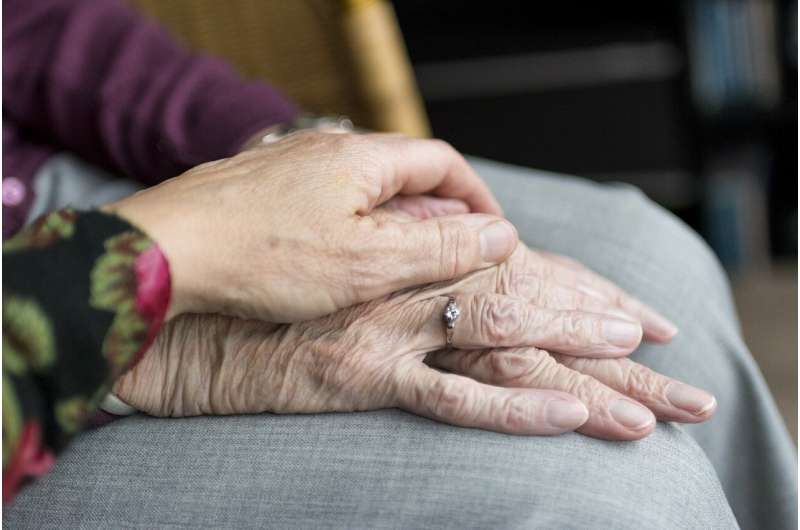Development of Adapted Pain Assessment Tools for Youths with Cerebral Palsy

Innovative pain questionnaires tailored for children with cerebral palsy enable accurate self-reporting, improving pain management and quality of life for young individuals with this condition.
Researchers from the University of Adelaide have adapted existing pain questionnaires to better serve children and young people with cerebral palsy (CP). These tools aim to accurately measure the impact of pain on daily life, including emotional wellbeing, in this population. Cerebral palsy is the most prevalent childhood-onset physical disability, characterized by movement and posture disorders, with pain being a common co-occurrence. Dr. Meredith Smith, a clinical pediatric physiotherapist and lead researcher, highlights that up to 75% of youths with CP experience ongoing pain, which surpasses rates seen in peers without CP.
Traditional questionnaires often fall short in assessing pain in children with diverse communication, cognitive, and movement abilities. To address this, the team developed the Fear of Pain Questionnaire—Adapted for Cerebral Palsy and the Pain Interference Questionnaire for Cerebral Palsy. These tools enable self-reporting from young individuals, providing more accurate assessments than proxy reports, which can sometimes be unreliable or invasive.
Clinicians utilizing these questionnaires in South Australia, Victoria, and Western Australia report improved capability to identify how pain affects children’s lives. Notably, 80% of children with CP could reliably self-report their pain using these tools, a significant increase from prior efforts where only about 40% could provide such information.
The questionnaires are designed to be accessible, incorporating visual communication frameworks like TalkingMats, to support children with communication difficulties. Feedback from users such as individuals with CP, Amy Hogan and Georgina Henry, underscores the importance of giving children a voice and clearer language to describe their pain.
The tools are freely available for download from the Australasian Academy of Cerebral Palsy and Developmental Medicine, supporting wider implementation and potential adaptation for other developmental disabilities. This advancement represents a crucial step forward in improving pain management and providing personalized care for young people with CP.
Stay Updated with Mia's Feed
Get the latest health & wellness insights delivered straight to your inbox.
Related Articles
Promising Results of Olorofim Phase IIb Trial for Difficult-to-Treat Invasive Fungal Infections
Olorofim shows promising results in treating hard-to-treat invasive fungal infections, demonstrating efficacy and safety in a Phase IIb trial involving patients with limited treatment options.
Research Confirms Safety and Effectiveness of Laser Vision Correction in Teenagers
A large-scale study confirms that laser correction for short-sightedness is safe and effective in older teenagers, offering a permanent alternative to glasses or contact lenses.



